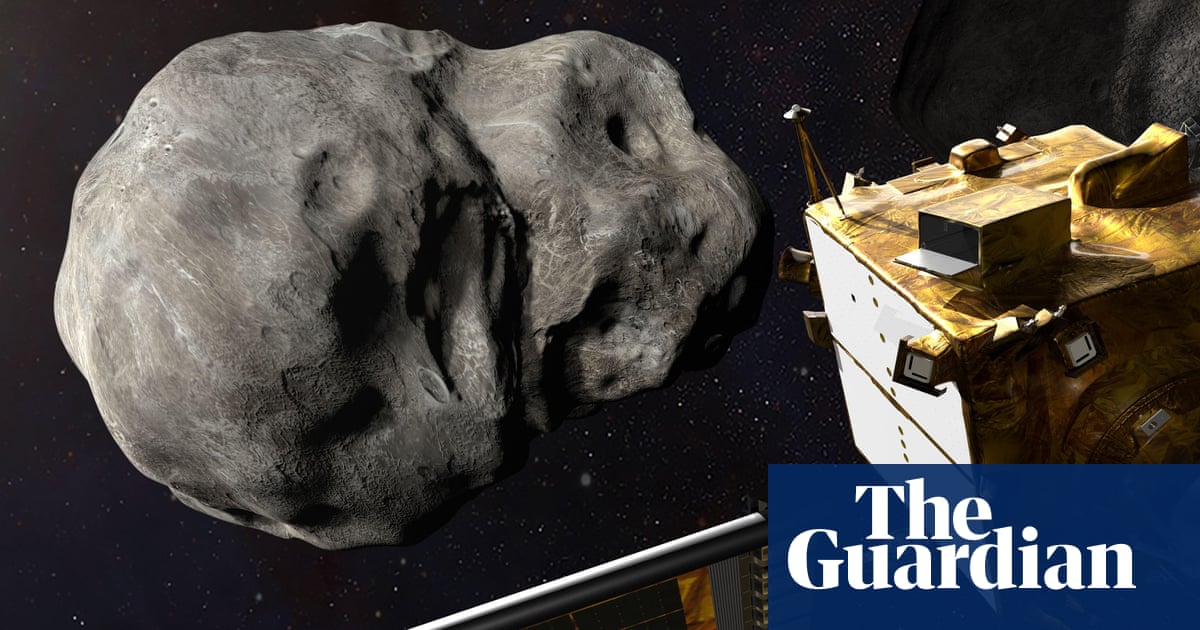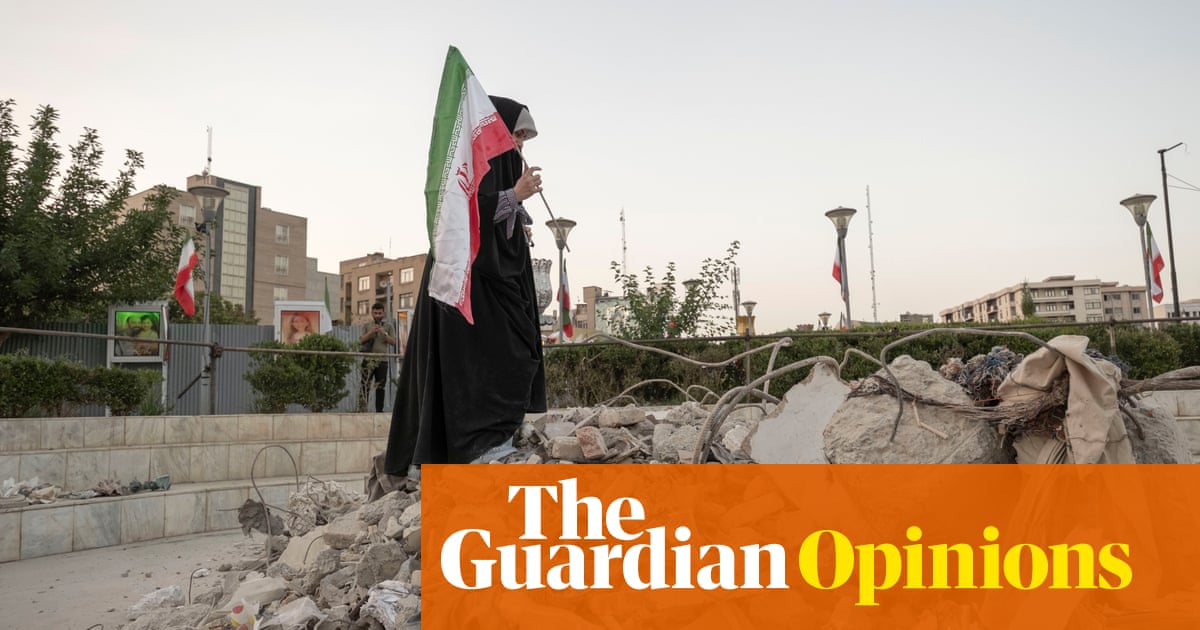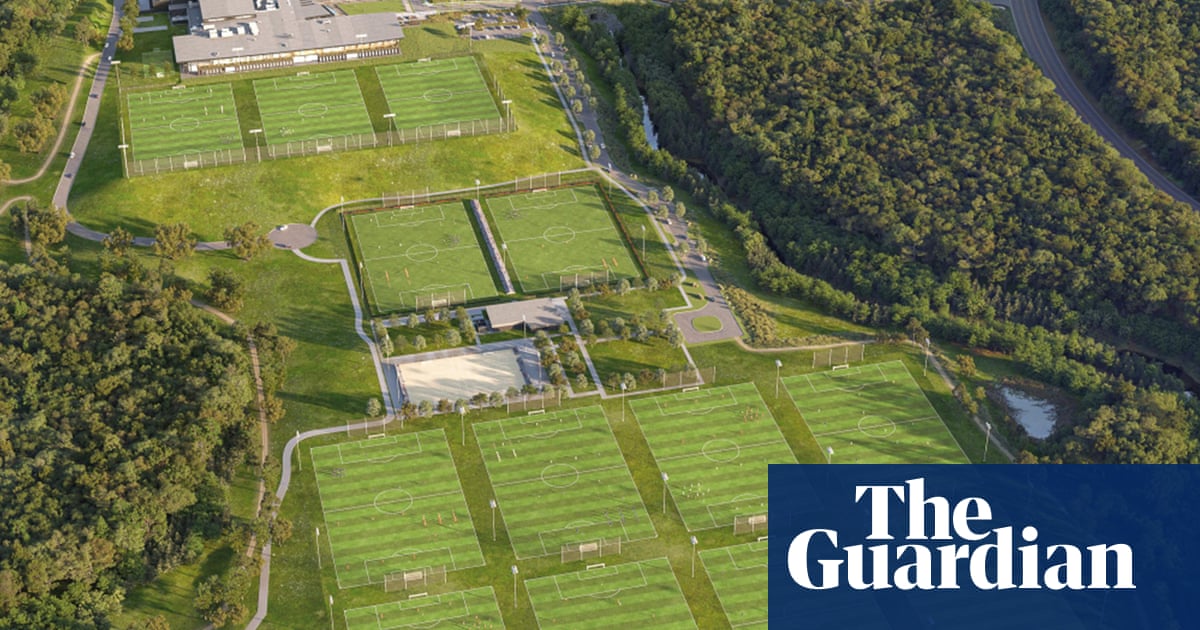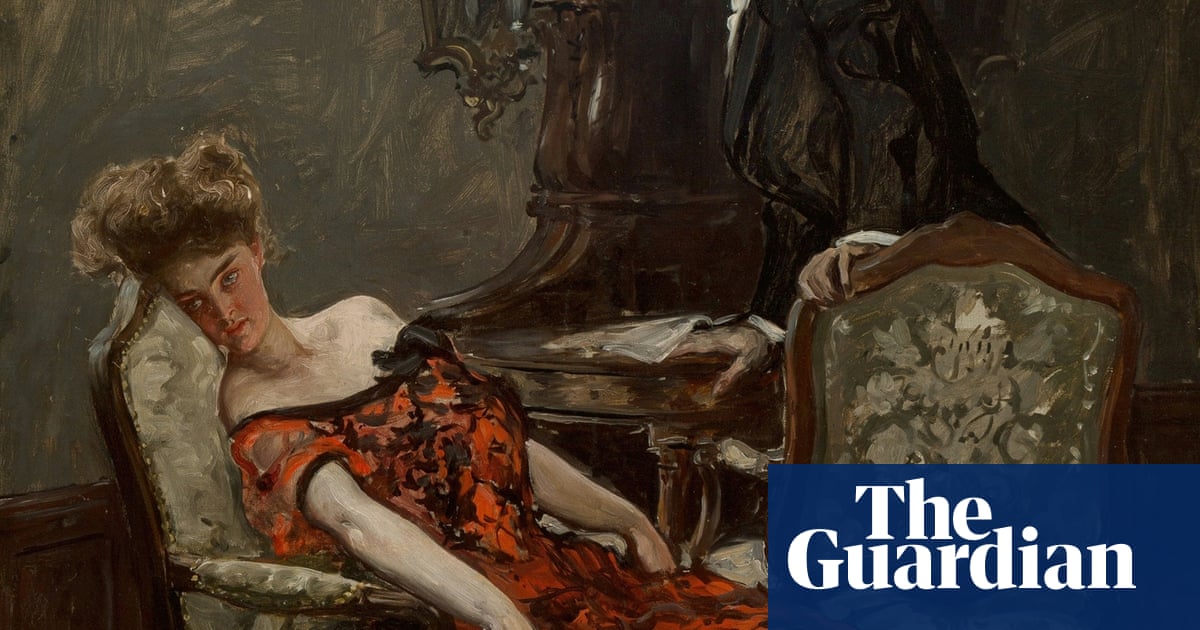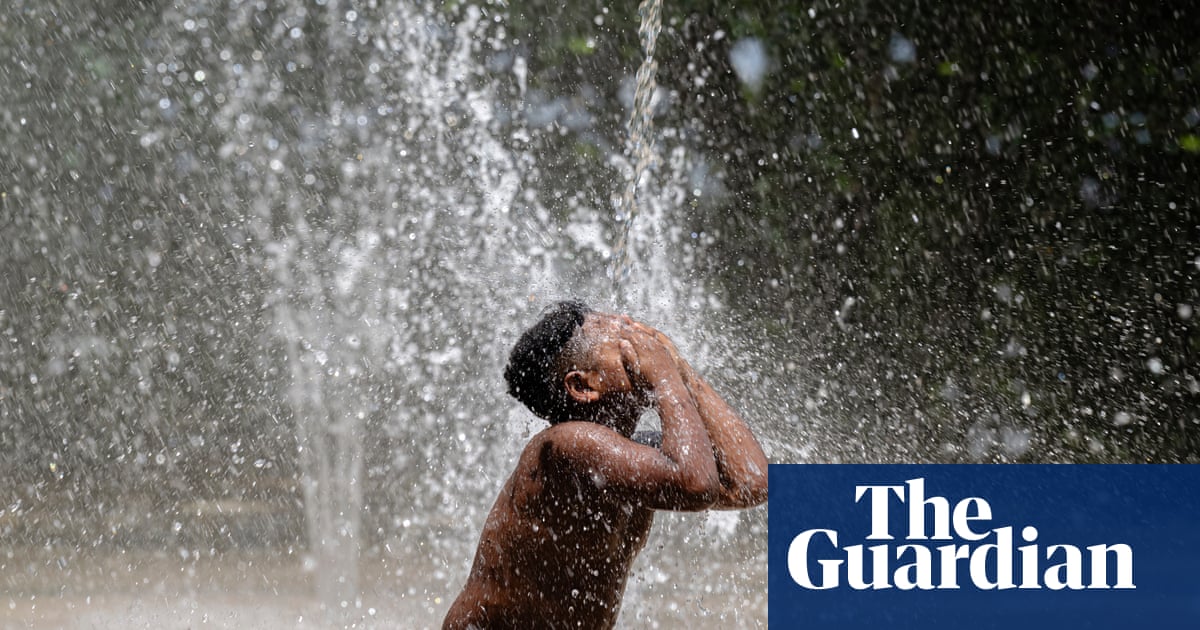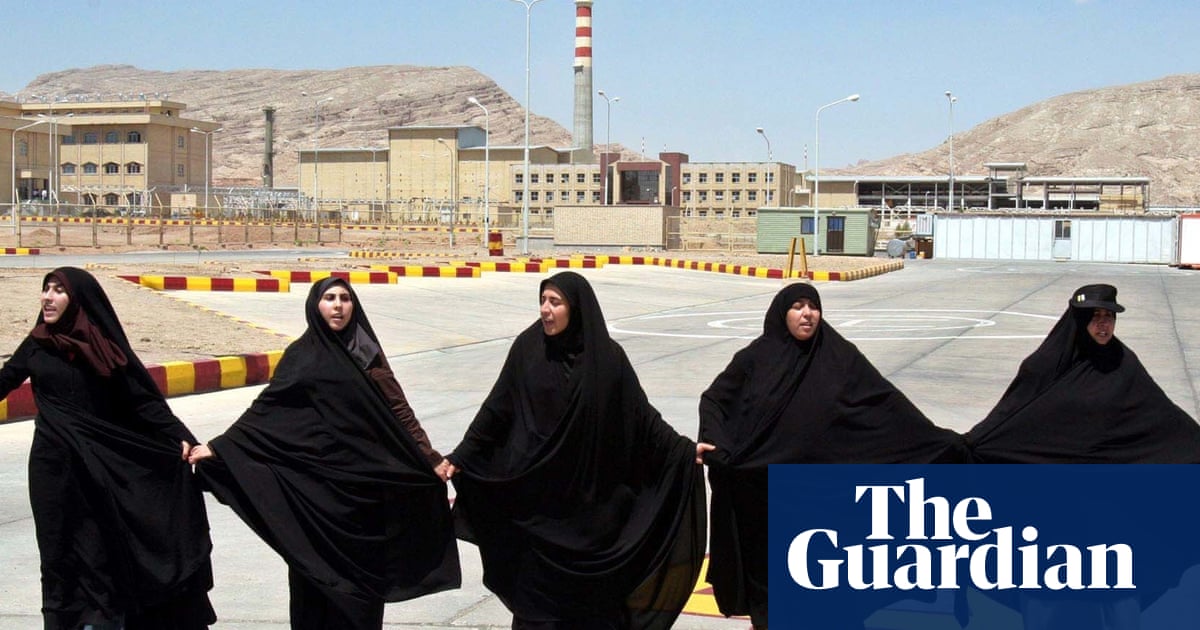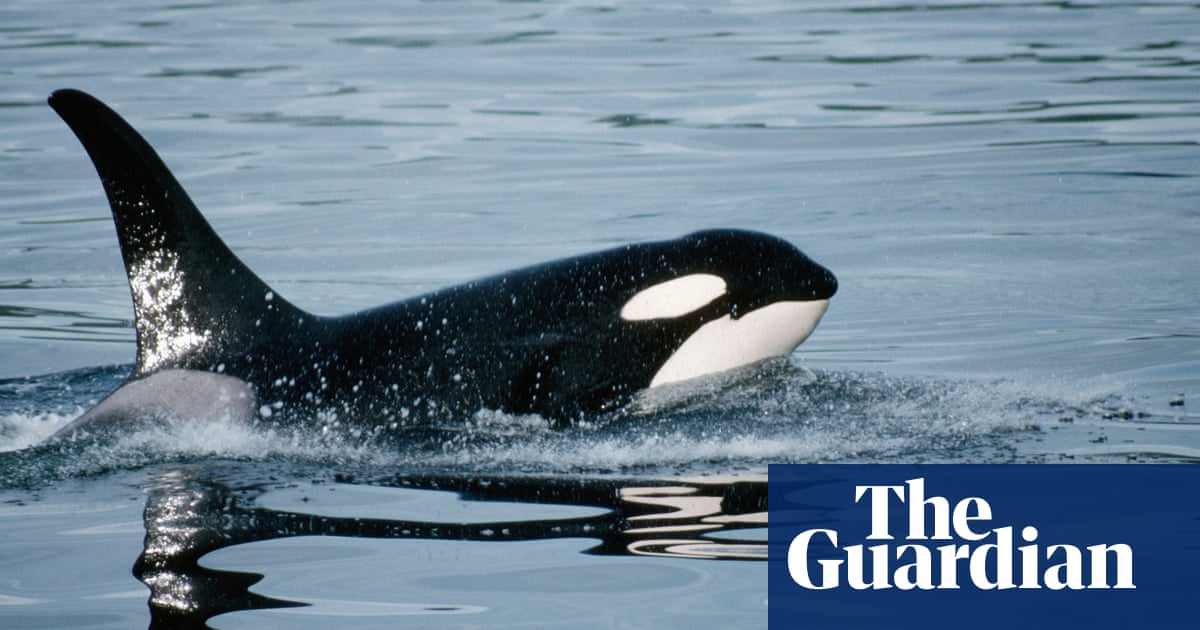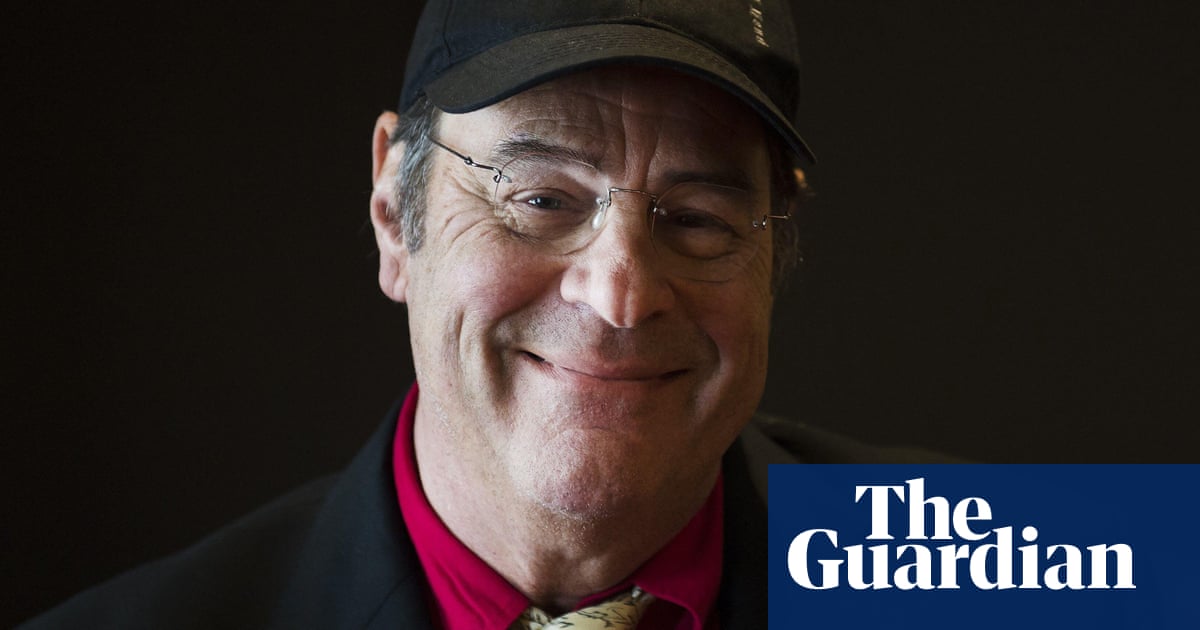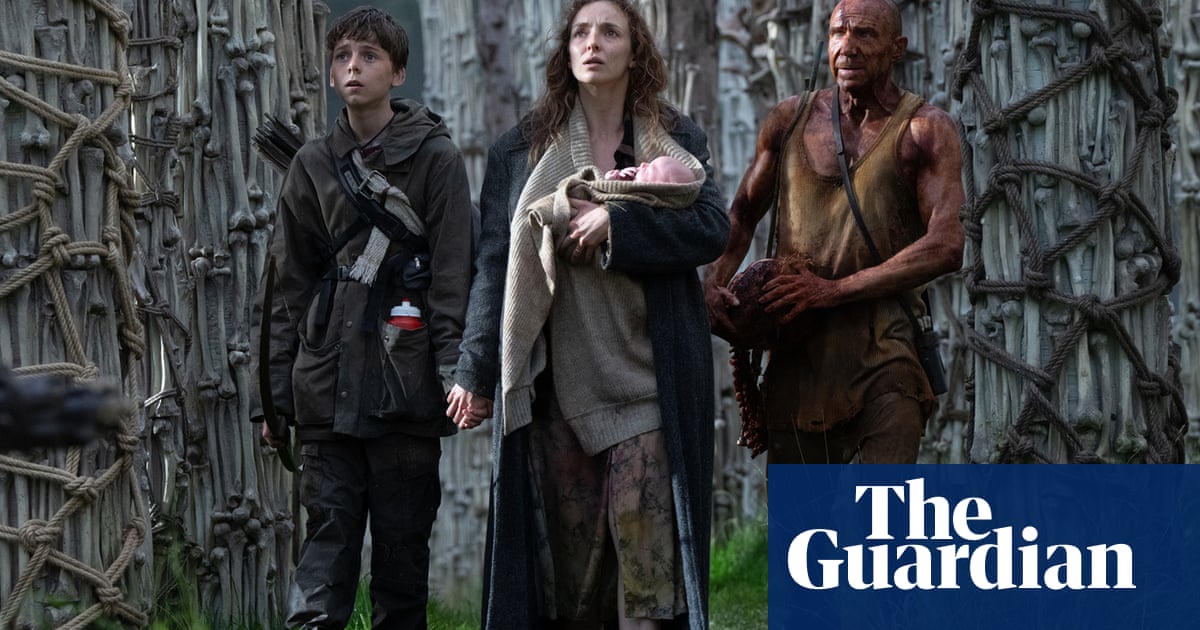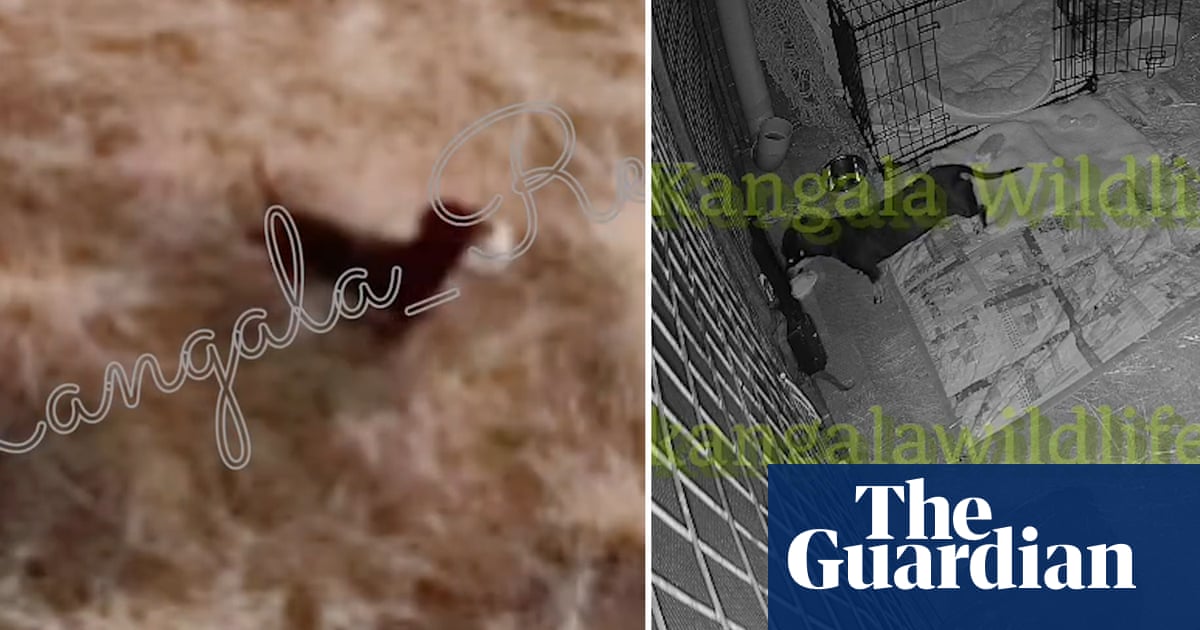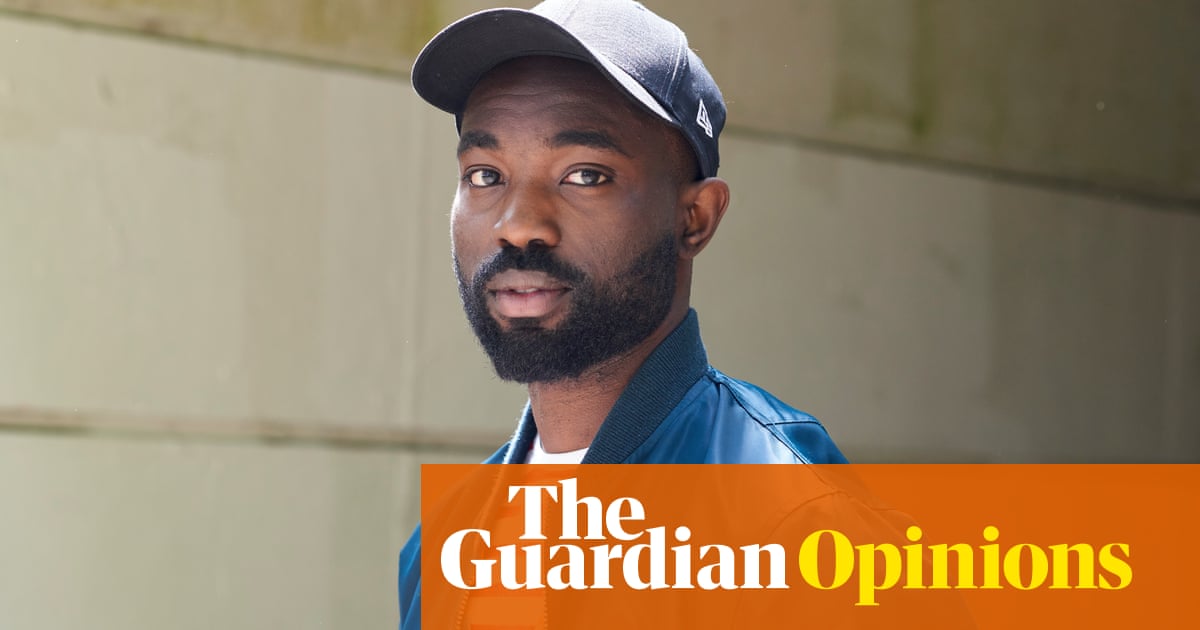Ken Grant’s Cwm: A Fair Country, a collection of nearly 30 years of landscape photography in the South Walian valleys, begins with a moving prologue. It mentions a painting he’s known since his Liverpudlian childhood, still sitting above his 92-year-old father’s mantelpiece: “Dapple-bruised Welsh horses, painted in a loose herd, are imagined beneath a sky that promises rain.”
From 1998, on commutes from Liverpool to the University of Wales, Newport (where he led a documentary photography degree), he noticed similar horses – completely by coincidence. “I didn’t seek them out at first, but on my drives, I soon got aware that they were there. Sometimes up a valley’s road, you’d see packs of 40 or 50.”
Some were descendants of animals once used in mining; other herds would have pre-dated industry; either way, they now roam wild and free. Grant’s horses sit, lie, nuzzle each other and look directly into his lens. He became struck by the creatures’ hardiness in all seasons. “They’re beautiful, observant, built to last – they let things happen around them. They became a loose metaphor for me for thinking about communities in these areas – communities built around a particular purpose which is not active any more in any shape or form, but which carries on, having endured all those upheavals, and the shifts that have taken place in the land.”

The horses in Cwm (the name of a mining village Grant photographs and a Welsh word for valley or steep-sided hollow at the head of a valley) act like solid anchors among images of striking environments. Harsh hills, often pillaged by industry, sit behind pale, pastel rows of terrace houses. A photography studio sits in an old building, its front wall soaked with stormwater. An old playground sits quietly alongside the site of a demolished steelworks.
There are signs of development – new redbrick houses and road improvement projects – between the battered allotments and ruined buildings. “It struck me how strongly these roads are built to take people past a place,” Grant says. Moving on from Newport in 2013, he has to-and-froed between Wales and Liverpool ever since, often returning to the same places – like the village of Beaufort, named after a duke who originally owned the land, and Manmoel Common outside Ebbw Vale, high on a ridge, near abandoned quarries.

Mid-century Czech photographer Josef Sudek inspired this approach. “There’s a lovely phrase of his – ‘rush slowly’ – about how you’re rewarded by staying with subjects over time, seeing any kinds of changes or shifts, or slow dismantlings or initiations. You’re made aware that something’s still happening, or you’re reminded to find something again.” Other influences include the American photojournalists W Eugene Smith and Robert Frank, and people closer to his experience in Wales, such as West Wales-based photographer Paul Cabuts and photographic historian Ian Walker.
The book’s subtitle is a nod to Alexander Cordell’s bestselling 1959 novel Rape of the Fair Country, about the iron-making communities of Nantyglo and Blaenavon before the Chartist uprisings in Wales. Best known as a photographer of people within places (in series such as New Brighton Revisited and Shankly), Grant talks warmly about those he has met in these communities (“there is a beautiful temperament and decency in these people”). He’s also done a project simultaneously in the area about pub football teams (“It’s as much about football as it is about men navigating being part of something that their dads were part of”).

The only people we see in Cwm are walkers, on the edges of frames, often in startling landscapes. “People use and walk through these places just because they’ve walked through them for centuries,” Grant says. He also loves the vivid colours of the land, the saturated browns, yellows and greens that partly come from the wetness of the Welsh weather. This resilience and richness, he says, is part of everyday life.
“I’ve got a lot to be thankful for in Wales,” he adds. He’s now living back in Wirral, near his father, but his daughter lives in Cardiff, so he still has a reason to take strange, cross-country diversions. “The beautiful, gentle landscapes and full-blown mountains in which people still live – it’s still incredible, even in the winter, when it’s quite tough. But in the time of year we’re in now, I love watching how everything comes alive.” Cwm speaks to the same, startling spirit.

 2 months ago
46
2 months ago
46

